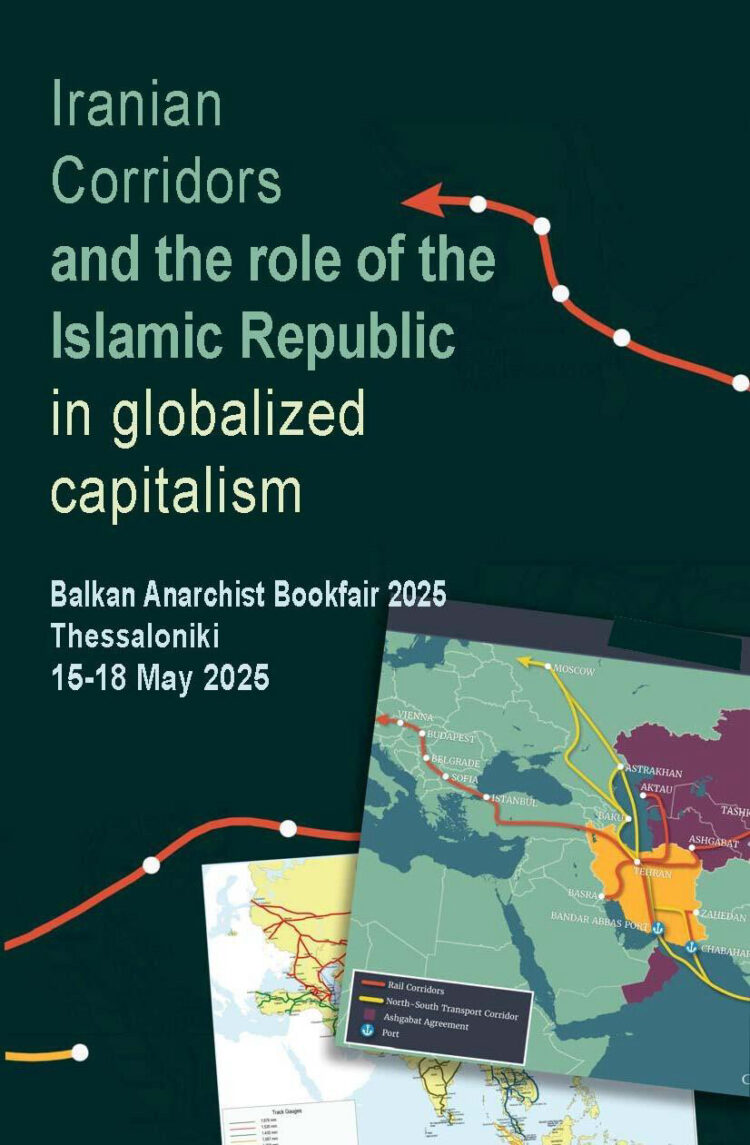By Bahram Ghadimi
One of the causes of contemporary wars, alongside the plundering of natural resources and the control of strategic areas, is the control of the workforce making it cheaper, eliminating workers’ defensive power against repression, and reducing variable capital and production costs.
In this context, corridors in various parts of the world play a crucial role.
In this discussion, we aim to demonstrate that this process is advancing in Iran and the Middle East in the same way as it is unfolding in Mexico and South America.
The Islamic Republic of Iran has been often referred to as an enemy of the United States and Israel by western media, and the Iranian State has also played an important role in nourishing this propaganda. The occupation of the US embassy in November 1979 and the two-year hostage crisis led to the creation of an Antiimperialist image for the Islamic Republic. During the Iran-Iraq war, when many of the “progressive” and “democratic” countries sold weapons to both sides, the Islamic Republic became famous in Europe, Latin America and Africa as an antiimperialist country. If we set aside this propaganda and take a close look at Iran’s presidents’ economic policies and plans during the last 45 years, we will observe that Iran has taken important steps towards integration into globalized capitalism through changes in its infrastructures and “development” plans. In this sense, the most important projects have been the megaprojects, carried out from east to west and north to south of the country, that have stabilized the Islamic Republic’s strategic position. The study of these commercial corridors and their role shows us that, regardless of its statal ideology, Iran is not very different from many other countries in the world, especially in Latin America.
But the central question is:
What impact do the corridors have on the living conditions of the working class?
And what effect do they have on the entire region, the environment, the status of women, and the rights of indigenous peoples?

